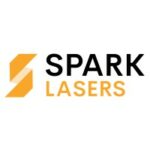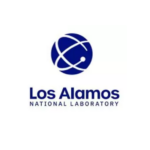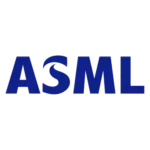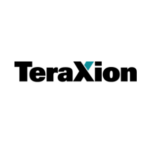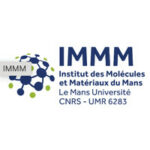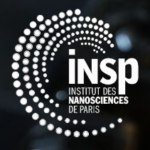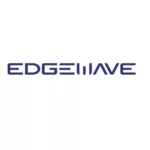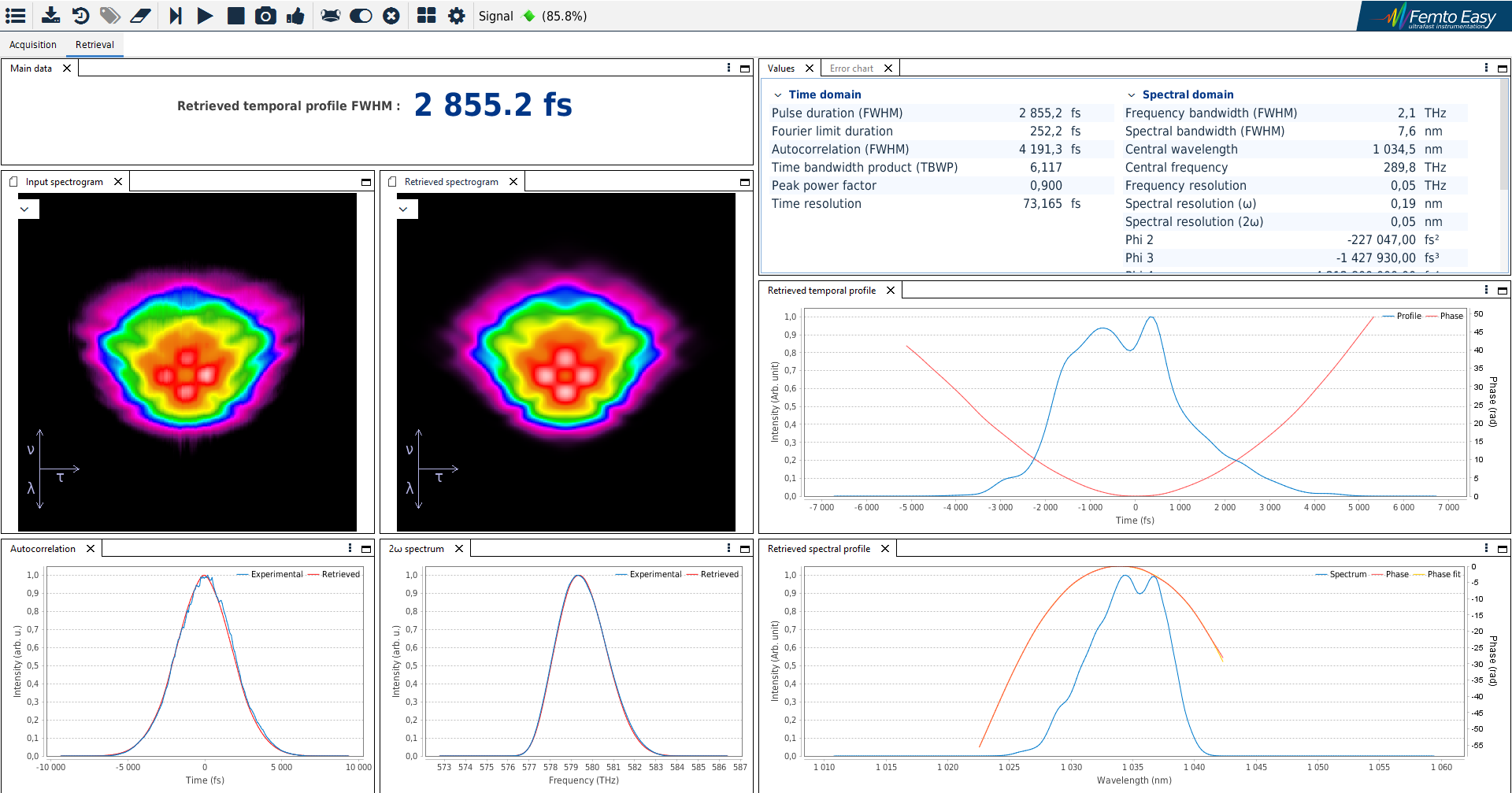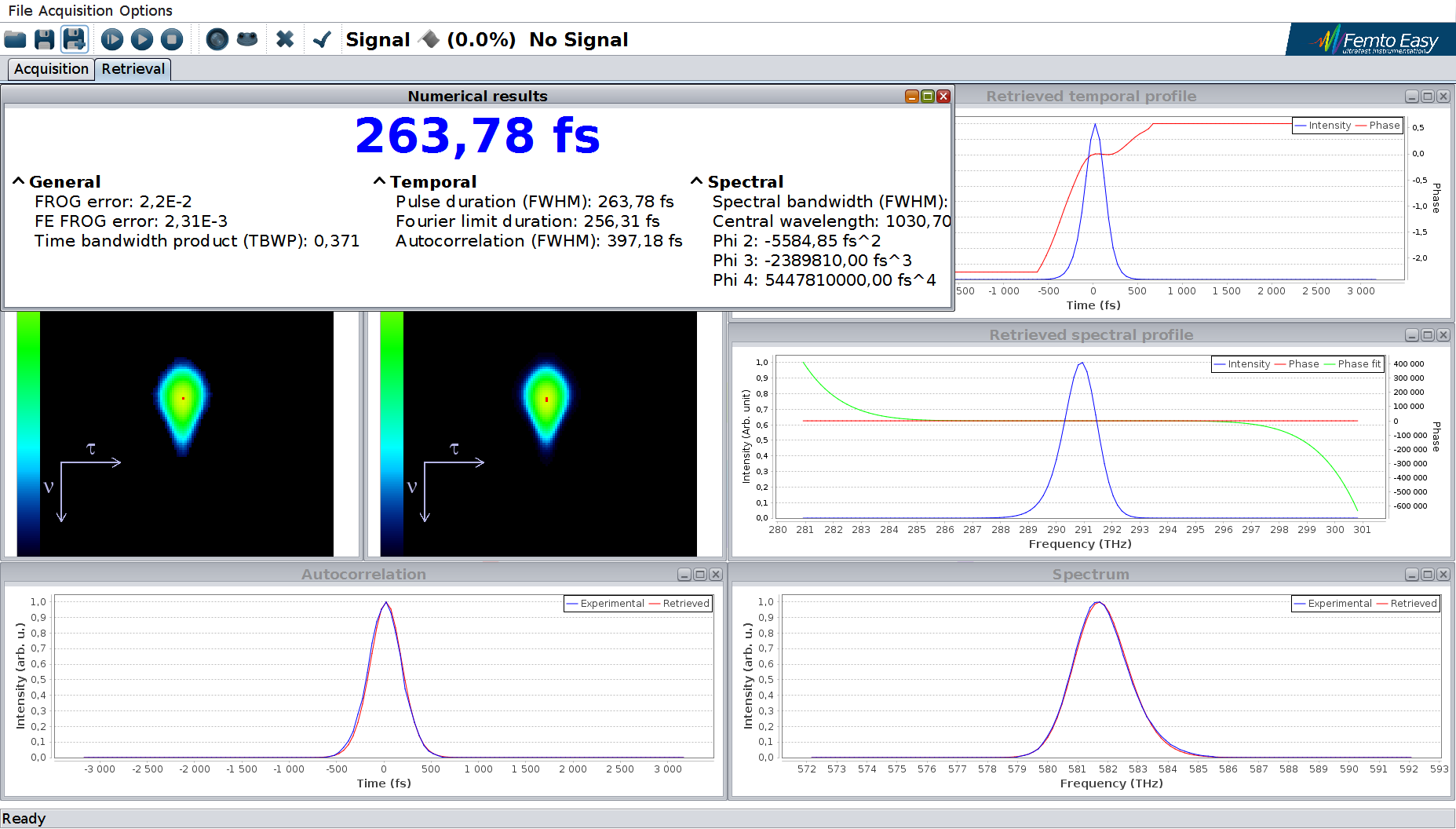Single-shot Fast FROG
Single-shot Frequency-resolved Optical Gating
Fast FROG is reliable, compact and based on Second Harmonic Generation. Key design features, such as the wavefront division technique and the use of our mini imaging spectrometer MISS, make the Fast FROG very easy to use and versatile while leading to accurate measurements. Six models are available, covering different pulse duration ranges from sub-5 fs to 10 ps, over a broad spectral range. Two designs are available: one for long pulses mainly relying on transmission optics, and one for ultrashort pulses which is designed to be fully achromatic.
![]() Easy to use
Easy to use
no calibration and no tweaking necessary
![]() Single-shot
Single-shot
Single-pulse extraction up to 125 kHz laser repetition rate (with Enhanced detection and Trigger option)
accurate results on fs-ultra-short pulses and ps-pulses
![]() Proprietary hot-swap spectrometers
Proprietary hot-swap spectrometers
tailored to specific requirements (not limited by 3rd-party models), easily swappable for different wavelength ranges
![]() Powerful FROG software
Powerful FROG software
STAR: Software Technology for Acquisition and Retrieval
Spark Lasers develops and manufactures high-performance ultrafast lasers, renowned for their excellent pulse temporal quality. One of the keys to achieving this excellence lies in the metrology of our laser sources. To meet our demanding pulse quality goals, we extensively rely on Femto Easy technology. We utilize several systems (Fast FROGs, ROC autocorrelators) in both our R&D and Production departments. Their robustness, ease of use, and performance are instrumental to our daily operations.
Our single-shot FROG system has been working amazingly ! We found the interface user-friendly and simple to use.
I currently have three different FROGs and the Femto Easy Single Shot FROG is the easiest, most reliable FROG to use. FemtoEasy has made a stable software release (not compiled LabVIEW homebrew code) that reliably connects to FROG hardware. which is also quick and easy to align. The FROG trigger option works well with my low rep rate amplifier enabling versatility between my 1 kHz and 10 Hz Ti:sapphire amplifiers.
With the Femto Easy single-shot FROG we went from unboxing to in-depth system learning in less than 1 hour. The system is intuitive to align and operate when compared to other similar systems in our facility.
I regularly work with the single-shot FROG at 1030 nm. Being in an RD lab, the flexibility to move the measurement device without the inconvenience of extensive realignment is simply fantastic. We use this equipment regularly, and the amplitude and phase reconstruction occur swiftly and with high precision. The single-shot feature has revolutionized our experiments by enabling us to actively and instantly cancel the residual spectral phase reconstructed by the algorithm. The Femto Easy team is always there for us, ready to address our inquiries and provide assistance – something we truly appreciate.
I’m in charge of an instrumental platform comprising several experimental benches based on multiple femtosecond laser sources (35-200 fs, 400 nm to 2.6 µm wavelength). I therefore purchased two Femto Easy products (a beam profiler and a single-shot FROG) to characterize the beams. Their wavelength flexibility, ease of use and speed are real assets. We regularly use the FROG when building new setups to check the evolution of our pulse widths or to adjust our pre-compensation setups. Those instruments have become essential tools on our platform.
The single-shot FROG is an ideal solution for characterization of kHz Ti:Sapphire amplifier with pulse duration of around 30 fs (achromatic design by using a bimirror). I particularly appreciated the consideration of my specific request on the wavelength range in order to characterize both the pump laser and the OPA signal. If the quality of the software is often highlighted, I also valued the overall finish of the device and its mechanical parts.
I am very happy with the Femto Easy single-shot FROG device. The ease of use and the software are absolutely great for fast lab work. I was especially successful in a project where our classic autocorrelator was performing badly due to saturation effects at low frequencies and I had no problems whatsoever using this device. My main use is compressor adjustment and the live measurement is great for that as well.
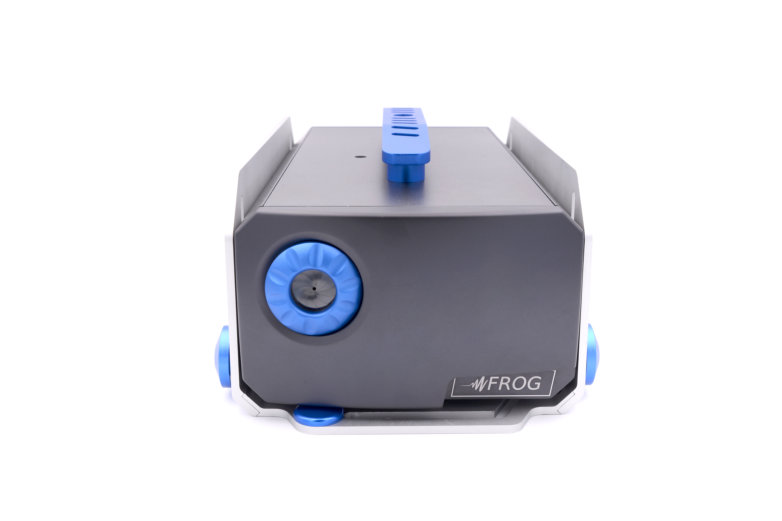
Fast FROG
Fast FROG is very convinient to use and versatile. The internal high-resolution spectrometer produces measurement results with unprecedented scientific accuracy.
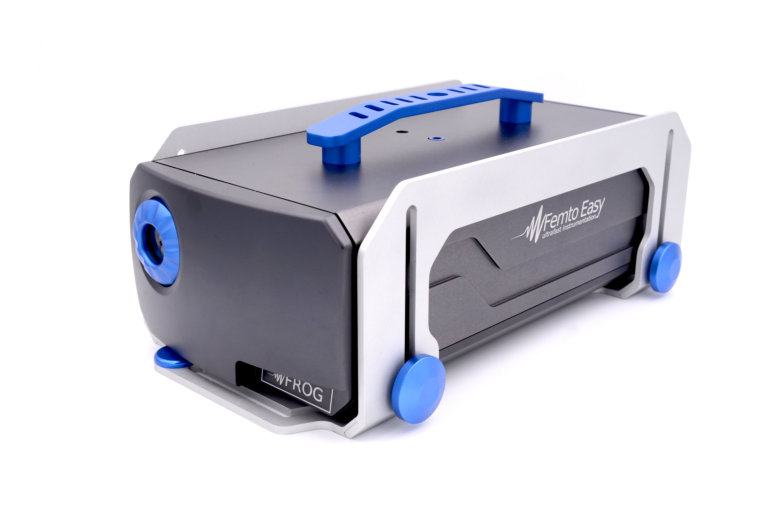
Shot-to-Shot Pulse Measurement
Live extraction of shot-to-shot pulses: temporal profile intensity and phase, fundamental spectrum and phase, chirp, third-order dispersion, pulse duration.
Further Key Features
- Broad available spectral range (480 – 2100 nm)
- Versatile: instant-swap of spectrometer for different wavelength ranges
- Phase loop compatible with several pulse shaper for fast compression
- Suitable for any repetition rate
- Single-pulse extraction possible up to 125 kHz laser repetition rate (with Enhanced detection and Trigger option)
- Sub-5 fs can be measured
- Achromatic and non-dispersive (FC and FS models)
- Fiber connector available (FC/APC, FC/PC)
Technical Specification
Femto Easy’s Fast FROG comes with a user-friendly and powerful software at no additional costs. Compare the technical specifications and discover your favorite model.
| FC | FS10 | FS20 | PS1 | PS3 | PS5 | PS10 | |
|---|---|---|---|---|---|---|---|
| Pulse duration min | 4 fs | 10 fs | 20 fs | 50 fs | 70 fs | 150 fs | 300 fs |
| Pulse duration max | 150 fs | 250 fs | 500 fs | 1 ps | 3 ps | 5 ps | 10 ps |
| Accessible spectral range (nm)1 | 480 - 2100 | 480 - 2100 | 480 - 2100 | 480 - 2100 | 480 - 2100 | 480 - 2100 | 800 - 2100 |
| Spectral Window Δλ (nm)1 | 580 | 420 | 420 | 300 | 300 | 300 | 300 |
| Input pulse repetition rate | single-shot to GHz2 | ||||||
| Single-pulse measurement | Up to 125 kHz laser repetition rate (with Enhanced detection and Trigger options, or 18 kHz without) | ||||||
| Min input pulse energy3 | |||||||
| Single-shot | 250 µJ | 1 µJ | 1 µJ | 1 µJ | 1 µJ | 1 µJ | 1 µJ |
| 1 kHz | 10 µJ | 100 nJ | 100 nJ | 50 nJ | 50 nJ | 50 nJ | 50 nJ |
| 50 MHz | 20 nJ | 1 nJ | 1 nJ | 200 pJ | 200 pJ | 200 pJ | 200 pJ |
| 1 GHz | n/a | 50 pJ | 50 pJ | 25 pJ | 25 pJ | 25 pJ | 25 pJ |
| Input polarization | linear vertical | ||||||
| Detection | CMOS 12 Bits - 3 Mpx - 72 dB | ||||||
| PC Interface | USB 3.1 | ||||||
| Beam height (mm) | 69 - 148 | ||||||
| Dimensions (mm) | 326 x 194 x 129 | ||||||
2 The measurements are averaged over several pulses for laser with repetition rate higher than 62.5 kHz (with Enhanced detection option)
3 Values give an order of magnitude. The exact sensitivity depends on many parameters (pulse duration, beam profile, wavelength...). Higher sensitivity can be achieved with multi-shot MS-FROG
Optional Features
Additional crystals
The default Fast FROG configuration includes one crystal. To extend the wavelength range of the device, additional plug&play crystals can be ordered and swapped within the system in seconds
Additional MISS spectrometer
The default Fast FROG configuration includes one imaging spectrometer MISS. To extend the wavelength range of the device, additional plug&play MISS spectrometers can be ordered and swapped within the system in seconds
Enhanced detection
Replacement of the default camera embedded in the Fast FROG by a higher performance one to increase the specifications of the system (better temporal resolution and spectral resolution, single pulse extraction up to 125 kHz)
Fiber input connector
Plug&play collimation module with fiber connector. Can be mounted on the Fast FROG to easily switch the input from free-space to fiber. No alignment required.
High dynamic range
Software mode to increase the dynamic range of the Fast FROG signal acquisition from 12 to 16 bits. Not compatible with pure single-shot measurements as 2 images are necessary to build one FROG trace
Low energy
Internal module to increase the sensitivity of the Fast FROG when the laser power is too weak
Phase loop
Software mode to use the Fast FROG to perform spectral phase feedback loop with a pulse shaper (contact use to check pulse shaper compatibility)
Phase matching
Default Fast FROG configuration works for a given central wavelength. Phase matching allows tuning the SHG crystal to measure different central wavelengths with the best SNR
Pulse Front Tilt / Spatial Chirp
Measurement of spatio-temporal couplings in the software. Correction of FROG trace accordingly for better accuracy of the retrieval
Small beam
Internal module to increase the input beam diameter when it is too small for the Fast FROG (necessary for beams typically in the range of few mm or less)
Trigger
Synchronization of the Fast FROG detection to an external signal for accurate laser single pulse extraction up to 36 kHz (125 kHz with the Enhanced detection option)
Fast FROG Retrieval Software
The retrieval of the ultrashort-pulse from the FROG trace image is managed by our easy-to-use FROG software. Fast FROG software comes with an optimized retrieval algorithm. It allows you to retrieve time and spectral information in real-time.
Several algorithms (including the so called Ptychographic Iterative Engine) are combined to enhance the reconstruction speed and quality.
Thanks to speed, the live extraction of shot-to-shot pulse properties is achieved, such as temporal profile intensity and phase, fundamental spectrum and phase, pulse chirp, third-order dispersion, and, of course, pulse duration (FWHM, autocorrelation FWHM, Fourier-limited pulse duration).
The very first measurement of a GHz Laser with single-shot FROG
Gigahertz & low energy (pJ) FROG
This is a FROG measurement performed with Fast FROG PS1 with a low energy option and small beam option.
The measured laser was a SESAM modelocked VECSEL developed at ETH Zurich1, assembled, amplified and CEO stabilized at the University of Neuchatel2.
This was the very first measurement of a GHz rep. rate laser with a single-shot device in order to explore power limitations due to multi-pulse behavior.
Single-Shot FROG in the Lab
Open video in a new tab (no access to Youtube required)
Single-shot FROG made easy
Our engineers employ the latest technologies and frameworks to create FROG solutions that combine a strong easy-to-use experience with high scientific performance.
Spatial Chirp characterization with single-shot FROG
Open video in a new tab (no access to Youtube required)
Spatio-temporal couplings measurements
Thanks to its unique design Fast FROG lets you measure in real time spatio-temporal couplings such as Spatial Chirp and Pulse Front Tilt for an easy optimization of your laser compressor.

